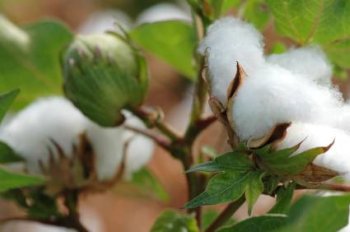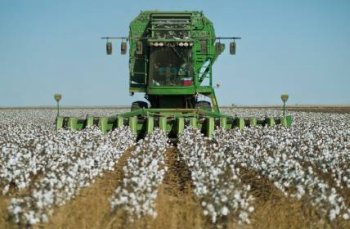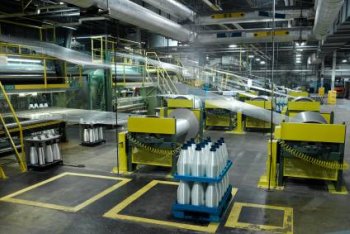Chemicals In Fabric

We all know there are lots of chemicals in fabric these days. Sometimes you can smell them in there. Keep reading for a brief outline about cotton and what happens to it before harvesting till when it ends up at the shop.
Cotton is a natural fiber grown in fields. Historically it has been hard to find its origin but it has proven to date back to 3,000BC in India and 2,300BC in Peru.
To transform cotton bolls from the plant into the fabric we sew into our quilts takes a long journey that requires the assistance of chemicals.

Todays cotton plants are genetically controlled to enhance their production. At harvest time plants are often sprayed with an exfoliant to cause the leaves to shrivel and fall off.
Some of the chemicals in fabric added during processing are:
- A chemical stiffener is added to help weaving of warp yarns
- Bleaches are used to whiten the fibers. Once the raw fabric is whitened it goes through a washing process to remove all chemicals used so far.
- A treatment called mercerization uses a chemical (caustic soda) to strengthen and improve the dyeing characteristics of cotton.
- Dyeing the fabric utilizes complex chemical dyestuffs
- Printing a design onto the fabric can require a bleach to remove some of the original dye of the fabric
- Finishes added at the end can be a chemical process. These are done to help relax the cotton fabric and to let go of wrinkles.
- Formaldehyde is used to give the fibers stability

As quilters it is good to have a general understanding of how the fabrics we use are made, what the chemicals in fabric are, and why they are used. This then gives us a better understanding of how we should care for them. This allows us to treat each piece of fabric in the best possible way and reduce any damage.
There are a couple of simple tests one can do to determine whether a fabric has excess chemicals or the fabric was not finished well.
- Residual dye on your hands after handling it. This will mean the fabric will develop a frosted look with age.
- Fabrics that have been finished with a resin treatment are extremely good at holding their colour and resisting stains. This is a very desirable feature for quilters. To test for this process apply a good shot of steam to the fabric and smell the odour - it should be mildly pungent.
- To test for excessive formaldehyde requires you to steam the cloth for 15 seconds (over a kettle is good). A pungent burning smell indicates formaldehyde but other fishy odours do not. It is good to remember that formaldehyde is very water soluble.
There are a lot of chemicals used and though I prefer that it wasn't so it is good to know that there are things you can do to minimise their contact with our skin. Being informed is always a good way to go so you can make choices that are best for you & your family.



New! Comments
Have your say about what you just read! Leave me a comment in the box below.